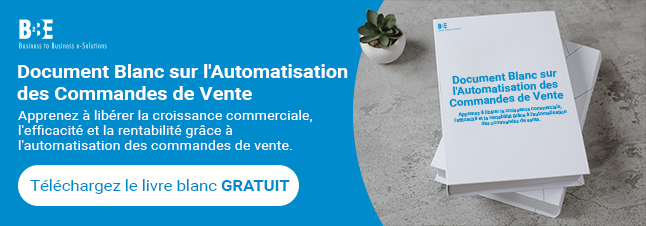The different types of purchase order play a crucial role in how businesses manage buying, approvals, and supplier relationships. Each type provides a unique way to capture requirements and create structure, so choosing the right one makes a real difference. When these are supported by automatisation de la gestion des commandes clients,, the result is smoother processes and fewer errors.
Why the Types of Purchase Order Matter
Because every organisation buys differently, the types of purchase order vary to suit different needs. Some provide flexibility for repeat purchases, while others lock down strict terms for one-off deals. Understanding the types not only helps ensure accurate orders but also lays the groundwork for automation.
When orders flow digitally, the risks of missing information, duplicate entries, or approval delays shrink. That’s why knowing the differences is so important.
The Main Types of Purchase Order
The four most common purchase orders include:
- Standard Purchase Order (SPO): Used for one-time or irregular purchases. It includes full details like quantity, price, delivery date, and terms.
- Planned Purchase Order (PPO): Combines a forecast with scheduling. The buyer commits to purchasing goods at agreed prices but confirms delivery later.
- Blanket Purchase Order (BPO): Covers recurring purchases with the same supplier over a set period, offering flexibility and cost control.
- Contract Purchase Order (CPO): A binding agreement with suppliers for a defined period. Specific orders are raised against this contract as needed.
Each type provides a balance between control and flexibility, depending on what the business is trying to achieve.
Visionnez notre vidéo ci-dessous :
Linking Types of Purchase Order to Automation
Choosing the right types of purchase order is only half the story. Automating how they are created, approved, and managed is where efficiency gains are unlocked. For example:
- Error reduction: Automated validation ensures product codes, prices, and supplier details are correct.
- Faster approvals: Routing rules send purchase orders to the right approver instantly.
- Better visibility: Order history and status can be tracked in real time.
- Consistency: Every order follows the same structured process, reducing disputes.
Automation also ensures that whichever purchase order type is used, it fits neatly into the wider order-to-cash workflow.
Building Smarter Processes
The different types of purchase order allow businesses to structure buying in ways that match their needs. But when combined with automation, they stop being just documents and become tools for accuracy, speed, and trust in the supply chain.
By understanding these types and embedding them into automated systems, organisations can reduce errors, strengthen supplier relationships, and improve overall efficiency.
Contact us to find out more about our Sales Order Automation solution.

